Why is the egg such an important ingredient? Taschen’s latest book The Gourmand’s Egg reveals the humble food’s role in art, history and culture through the ages – then delves into delicious recipes
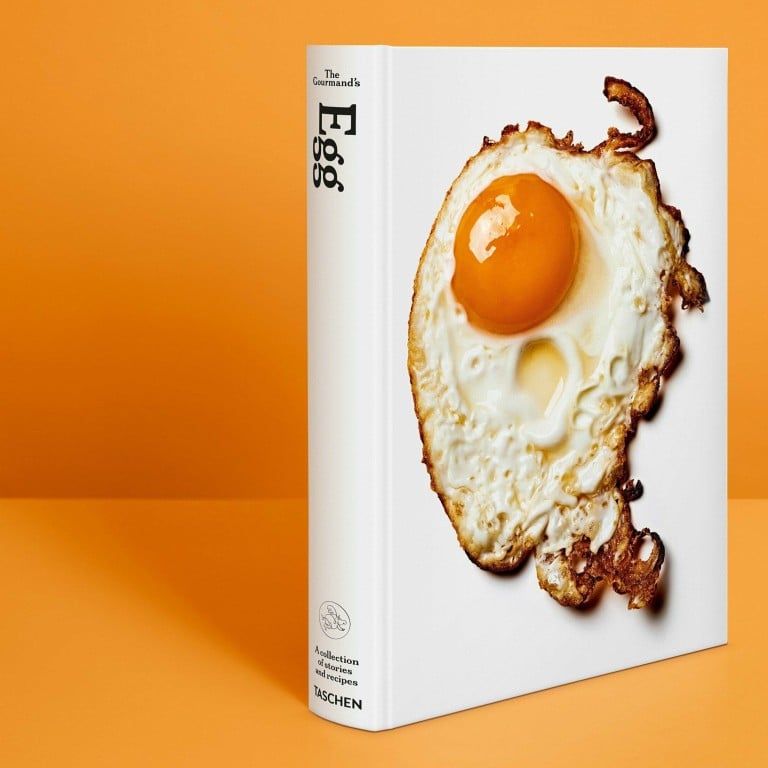
The humble egg.
So basic, yet so very versatile. Both building block and complete structure. A trope, ripe with symbolism. So very viscous, and occasionally a little voyeuristic. A chef’s dream, and to many, a necessity. More than an ingredient, it is a cultural notion that has fascinated humankind for centuries.
It is also the subject of the first in The Gourmand’s new series of books published in conjunction with Taschen. Many tomes have been dedicated to the enduring kitchen staple – from Rose Bakery’s How to Boil an Egg to Michelin-starred Michel Roux’s seminal Eggs – so it prompts the question: what does this new addition contribute to the canon? Haven’t we had enough of l’oeuf, aren’t we done with the humble huevo?
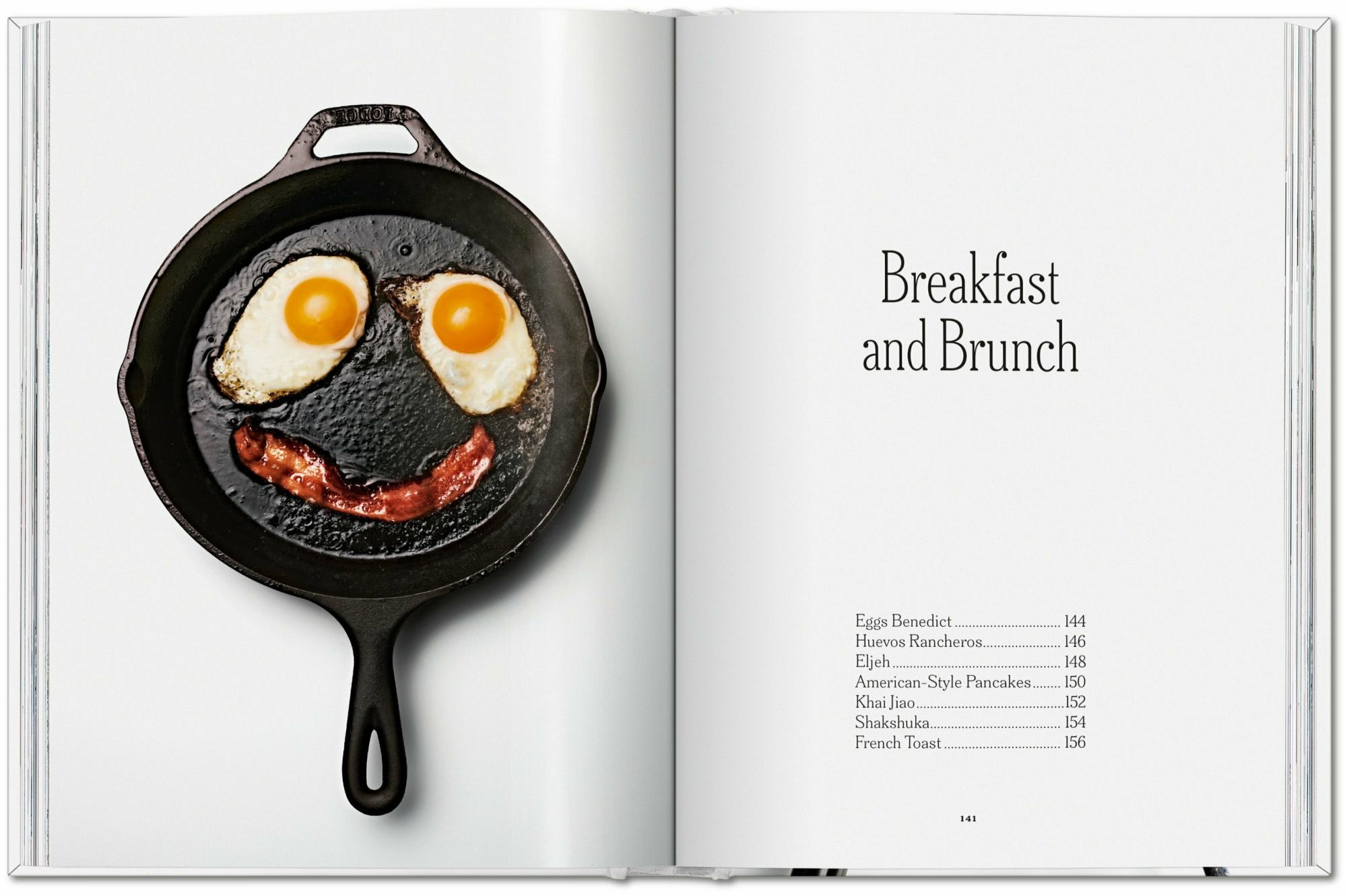
Turns out, we haven’t and we aren’t. The Gourmand’s Egg. A Collection of Stories & Recipes is a fitting and emblematic debut for the new series between the two publishers, and covers much untrodden territory, benefiting from The Gourmand’s fascinatingly lurid aesthetic and alternative approach to food journalism, and Taschen’s extensive experience covering art, history and culture through the ages.
Why you should skip Paris and Rome and go to Copenhagen instead
The introduction gets things cracking with a comprehensive history of the egg, traversing references in religion, cultural rituals, art movements, classical and modern literature, films, advertising, social media and even dad jokes.
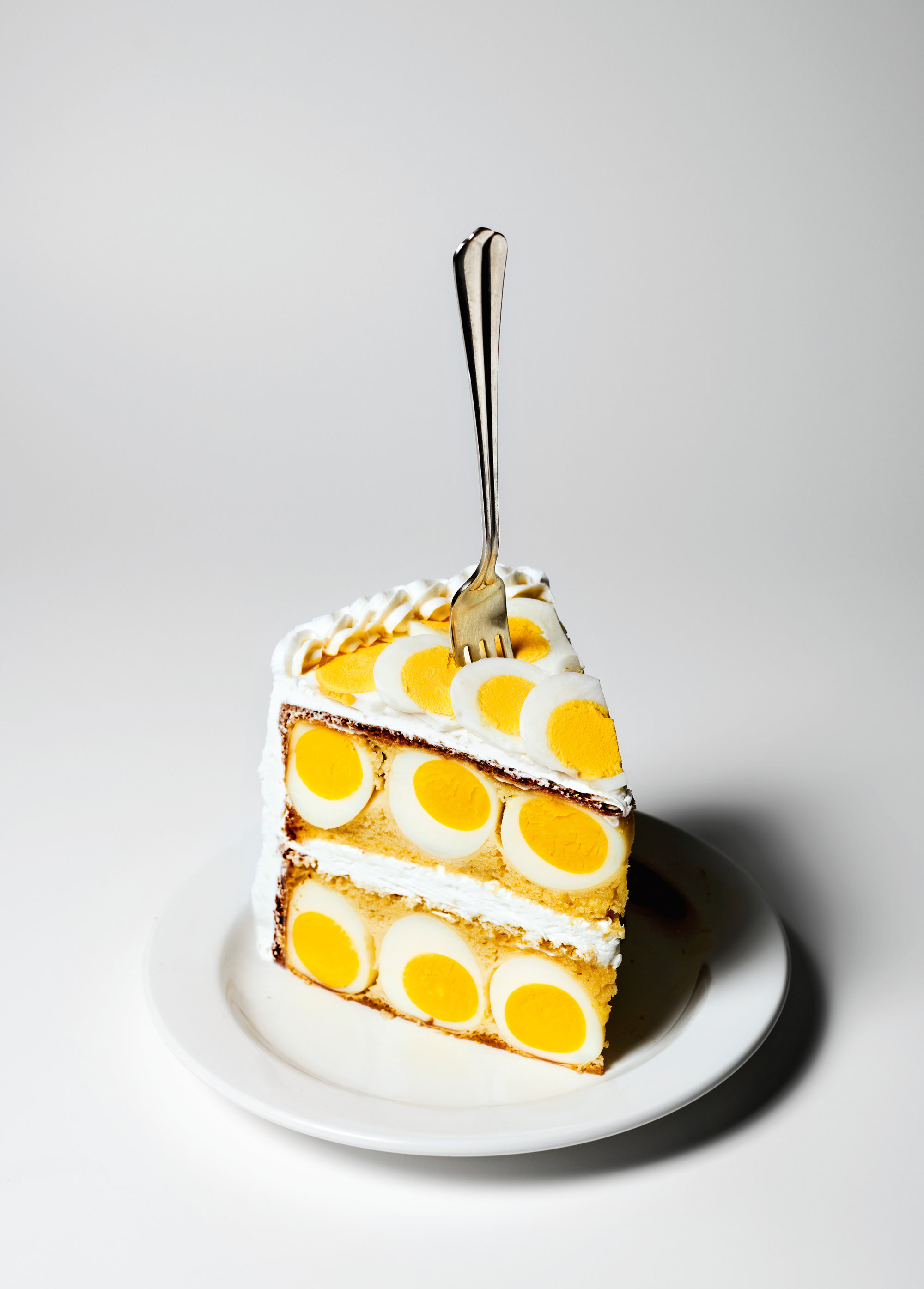
We recall Paul Newman’s egg binge in Cool Hand Luke and Alfred Hitchcock’s well-documented ovophobia; explore the egg’s appearance in artworks by Ed Ruscha, Andy Warhol and Jean-Michel Basquiat; learn the history of Fabergé’s fascination with adorning eggs; and even encounter an entire imagined correspondence “penned” by Chicken and Egg on the age-old hot topic of which came first.
After 130 of its total 270-odd pages, the book finally delves into the expected: recipes. These range from the simple (boiled, scrambled, poached) to the cross-cultural (Moroccan kefta mkaouara, Ethiopian doro wat stew), even to cocktails (eggnog, of course, but also the pisco sour and clover club).
SCMP’s 100 Top Tables 2023 is back – and bigger than ever
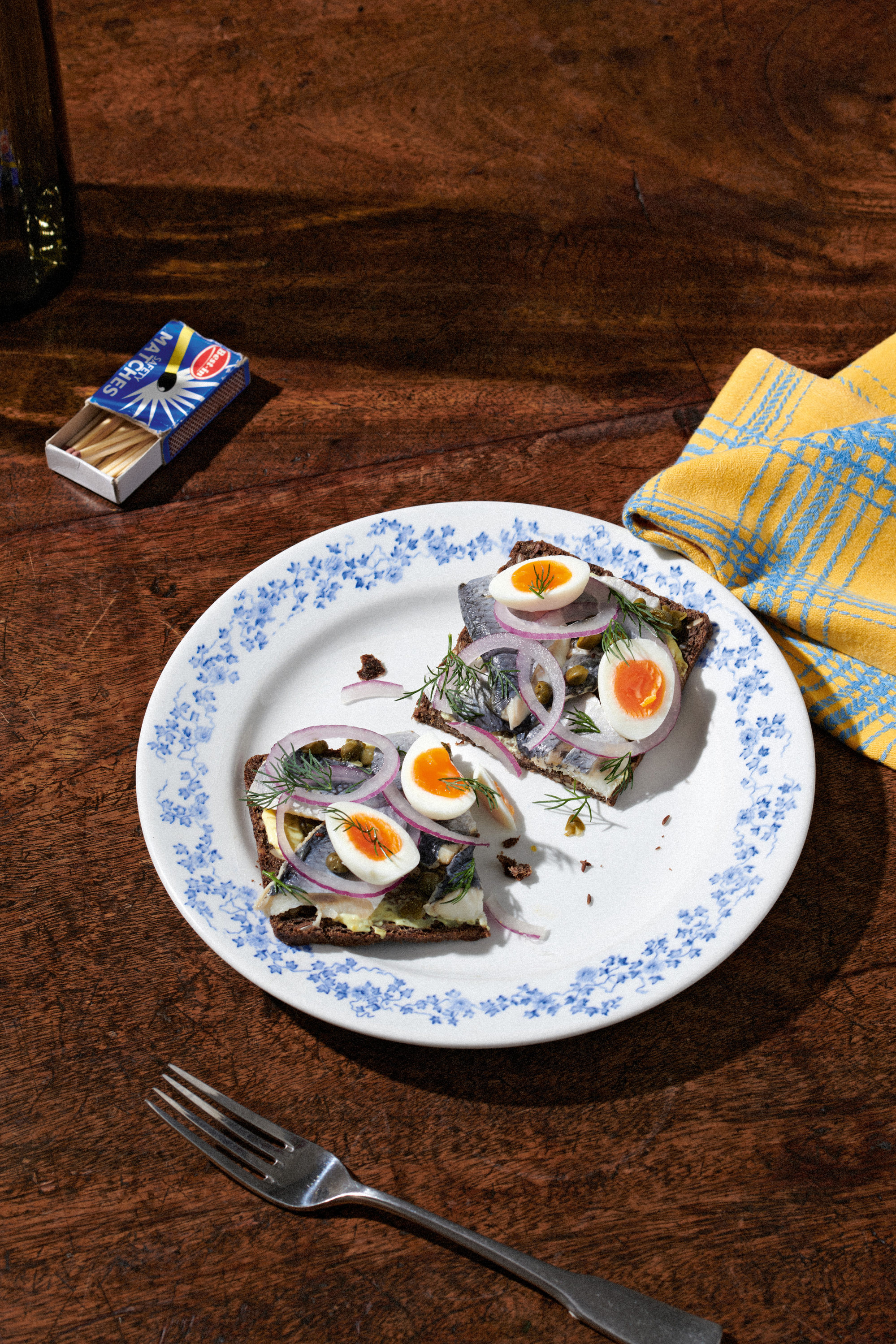
Though the practical guide is useful, this monograph is less suited to home chefs looking to upgrade their egg game, and more appropriate for the obsessive foodie: those who are keen on topics of provenance and purity, sophisticates fermenting facts to hatch out at their next dinner party, and definitely anyone who has ever dipped into #yolkporn on Instagram.
Hong Kong chefs on the humble egg
Asuka Matsubara, Kiyoka

“Japanese fresh eggs are the safest and easiest to eat. In Japan, there is a dish called tamago kake gohan in which fresh raw eggs are taken out of the refrigerator and mixed with rice. It’s delicious and I used to eat it often. However, when I cracked a fresh local egg in the kitchen on my first day in Hong Kong, the yolk glowed abnormally fluorescent yellow and it worried me!”
Hong Kong’s Best Pastry Chef on the challenges of creating fine treats
Antimo Maria Merone, Estro

“The egg is an incredible ingredient. It is the primordial protein. A deep understanding of how a simple egg changes its form and texture with time and temperature is the key to understanding how to handle all other proteins. Eggs are certainly connected to my childhood. I still have a clear memory of my dad and me sharing a piece of bread dipped into the runny yolk of a sunny-side-up egg. In Italian we call it all’occhio di bue, literally translated as ‘cow’s eye’ for the shape that it takes when fried in the pan.”
Manav Tuli, Chaat, Rosewood Hong Kong

Freeze! 5 luxury polar stays perfect for beating the summer heat
ArChan Chan, Ho Lee Fook
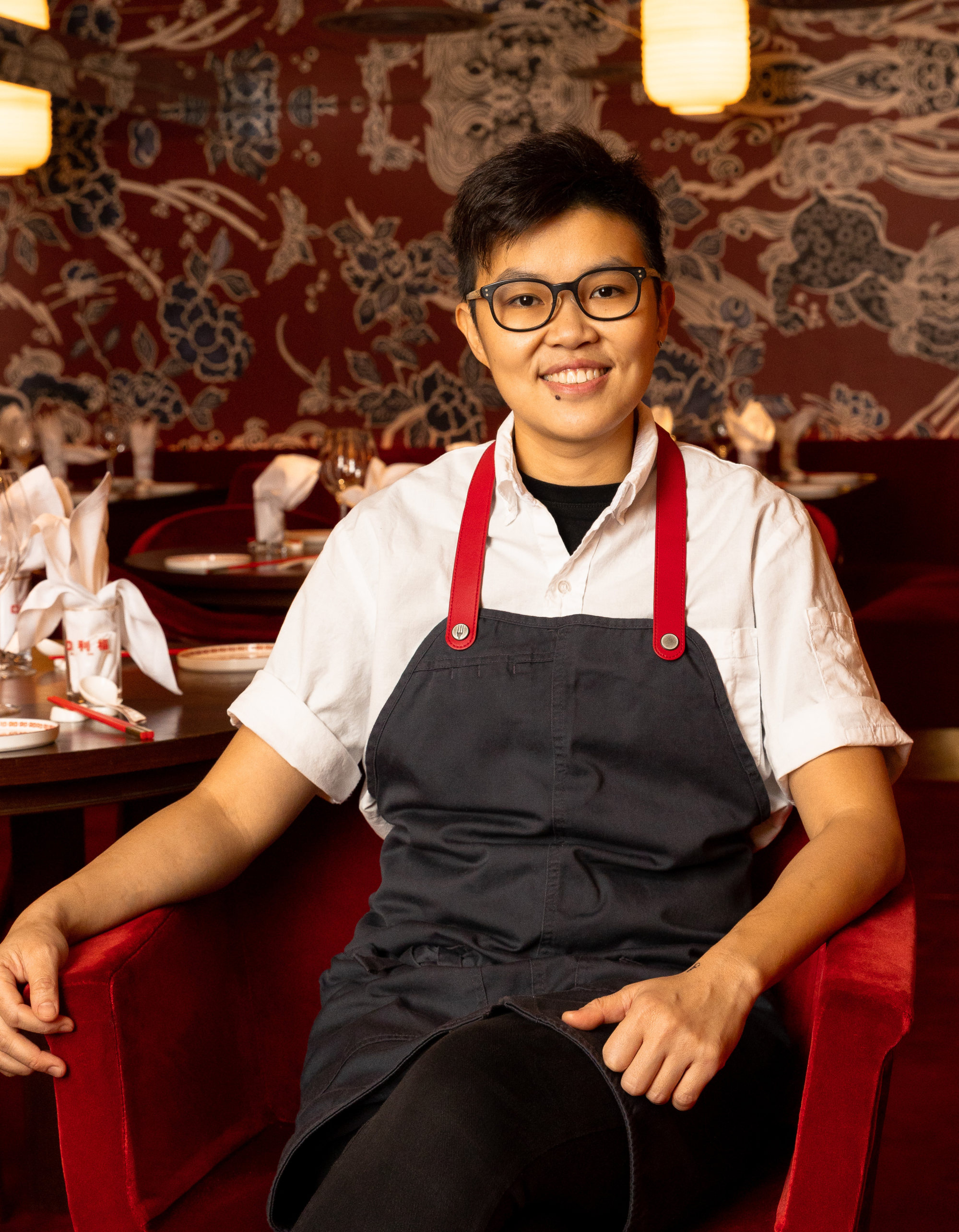
“Recently, I was developing a new dish – steamed crab with a Chinese-style egg custard, which requires close attention to the ratio of the egg and stock, plus very precise timing when steaming for a flavourful, soft and smooth egg custard that pairs perfectly with the richness of the crab roe. I always think of Australia Dairy Company’s deliciously soft scrambled egg sandwich. With an intense egg flavour, it remains creamy and fluffy and definitely made an impression on me.”

- The first in a series of collaborations between The Gourmand and Taschen, the tome follows books like Rose Bakery’s How to Boil an Egg and Michelin-starred Michel Roux’s Eggs
- The book covers Paul Newman’s egg binge in Cool Hand Luke, Alfred Hitchcock’s ovophobia, Fabergé’s adornments and the egg in art by Ed Ruscha, Andy Warhol and Jean-Michel Basquiat